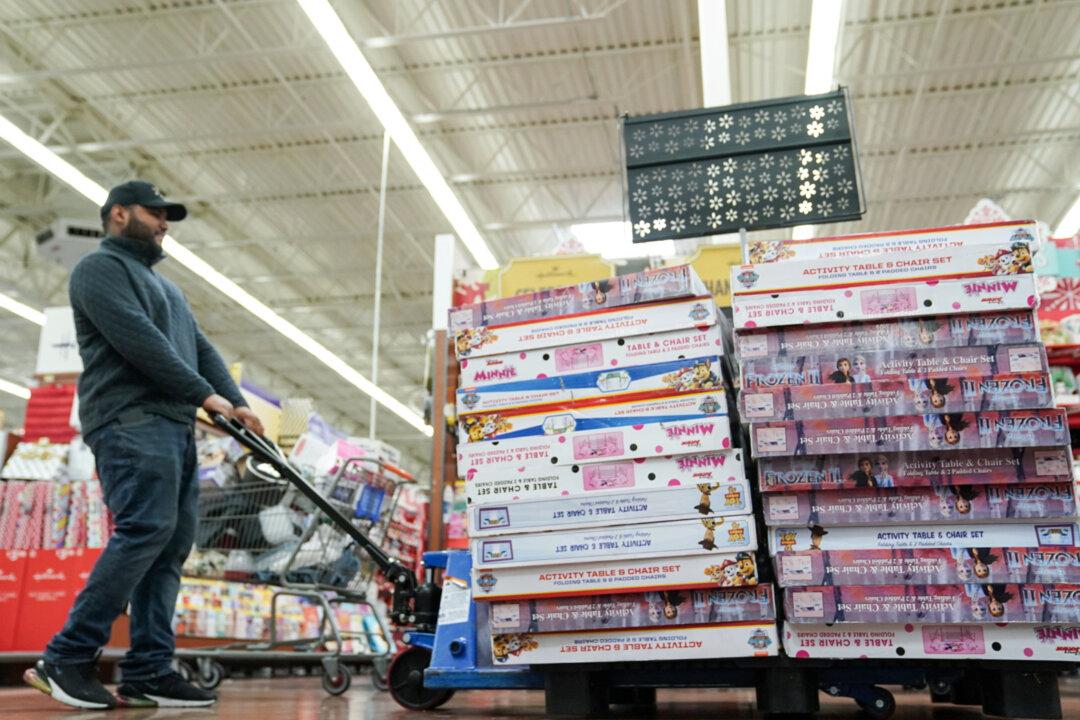WASHINGTON—U.S. wholesale inventories increased slightly more than initially thought in April, suggesting that inventory investment could provide a lift to economic growth this quarter.
The rise in stocks reported by the Commerce Department on Wednesday, however, came as sales growth moderated.





